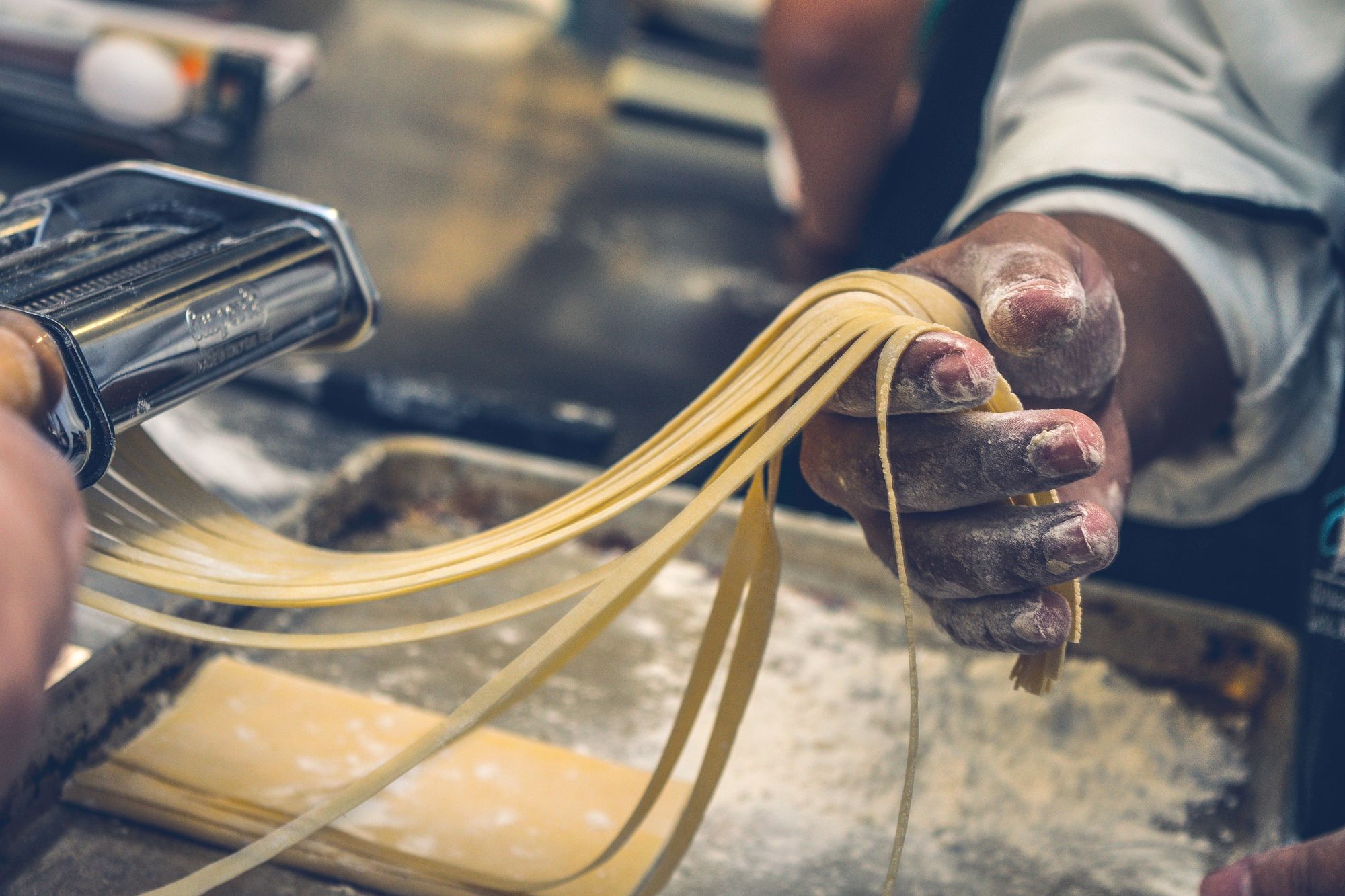
We live in a time where people are picky with their food. It’s crucial to know how our meals are made today. Making food has become complex and detailed so that what we eat is safe, tasty, and always the same. Let’s look at four key steps involved in modern-day food making.
Sourcing and Procurement of Raw Materials
In food making, the start is all about getting your raw stuff. It can be anything from juicy fruits to grains and proteins; they’re what we base our foods on. Better ingredients mean better final products, so it’s worth spending money and time finding good suppliers who provide top-notch quality.
This effort for high-quality sourcing marks where a dish begins its life journey before reaching us. Thanks to global trading today, manufacturers get their hands on rare things from around the world easily nowadays. This brings unique flavors right into our mouths.
Processing and Transformation
After getting their raw stuff, food makers change them into things we can eat. This involves cleaning, separating, and picking out the best ones to use. Depending on what they’re making, these ingredients could be milled or mixed together, maybe even baked or cooked.
This stage is so important because it decides how our food tastes and feels in our mouth. Thanks to modern tech like High-Pressure Processing and Cold Plasma techniques being used more by manufacturers now, this kills off bad bugs and keeps nutrients intact for longer.
Packaging and Preservation
Once food is made, keeping it fresh and safe in a package is the next big step. Packets aren’t just for safety from dirt or bugs outside but also for how you sell your product better.
Each type of food needs its own way to stay good – freezing, canning, or vacuum-sealing. The packaging also provides consumers with crucial information, such as nutritional facts, expiry dates, and allergen information, ensuring transparency and trust.
Distribution and Storage
When food’s packed up, it’s ready to be shipped out. That means getting everything from the factory and onto shop shelves without spoiling anything along the way. It’s not an easy task, especially when these foods can go bad easily.
Some products need special care, like the right temperature or moisture levels. To transport them around, we use tools like water-cooled chillers in big storage spaces. This helps keep all goods as good as new until they get into our homes.
Final Thoughts
Wrapping it up, making food today is all about creative thinking and not settling for just ‘okay.’ We start with top-notch ingredients, then use cutting-edge tech to cook and keep them fresh. The whole process takes a lot of work, but in the end, we get delicious meals that are safe to eat no matter where in the world you might be.